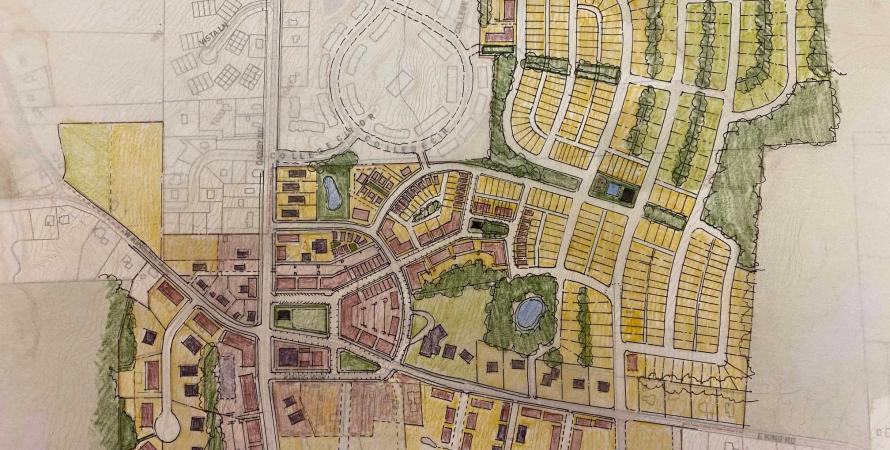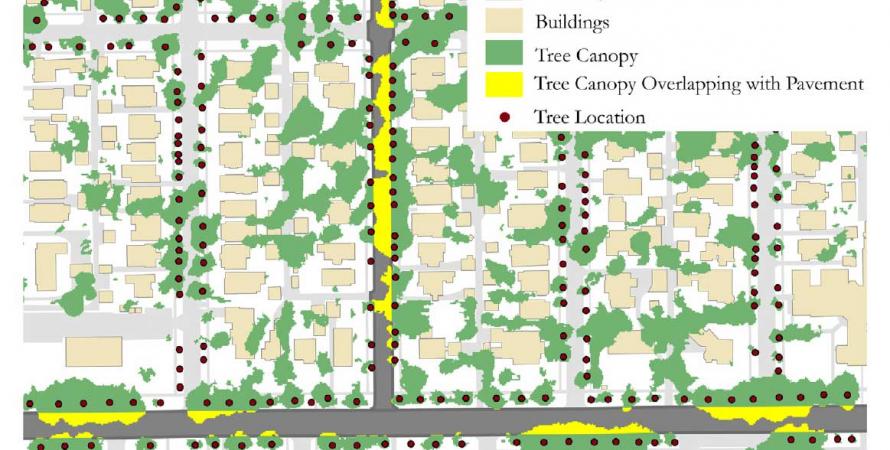-

Plans for a sustainable village center and neighborhood
South Hill village in Ithaca, New York, combines walkable greenfield development with suburban retrofit to offer a new model for growth.A design team presented a plan for a new village center and neighborhood just south of Ithaca, New York, on October 27. If implemented as envisioned, this project could be a model for sustainable suburban growth in Upstate New York. The design focuses development on South Hill, one of three hills...Read more -

Urbanists designing new village in New York State
An urban design team is working in Ithaca, New York, this week to plan a new village center on a substantial site south of the City, which has been my home for the past 24 years. While Ithaca has benefited from infill New Urbanism in recent years, this is the first project to seriously tackle new...Read more -

Tree canopies make us safe; Here’s how to grow them throughout cities
A few days ago, I explained how planting street trees adapts to and mitigates climate change. Trees also bestow health, safety, and economic benefits. In other words: they are a “wonder drug” for cities. Trees are low tech, and are adored across the political spectrum. They can be planted through...Read more -

Biggest suburb gets a new downtown as walkable becomes legal
Code reform and light rail, plus a key development, are helping to transform the center of Mesa, Arizona.A form-based code (FBC) and a recent light rail line are helping to revive downtown Mesa, Arizona. The Grove on Main development, newly completed with 240 apartments, 12 townhomes, ground-floor retail, and 1.5 acres of landscaped open space on 4.5 acres, is a linchpin of downtown revitalization,...Read more